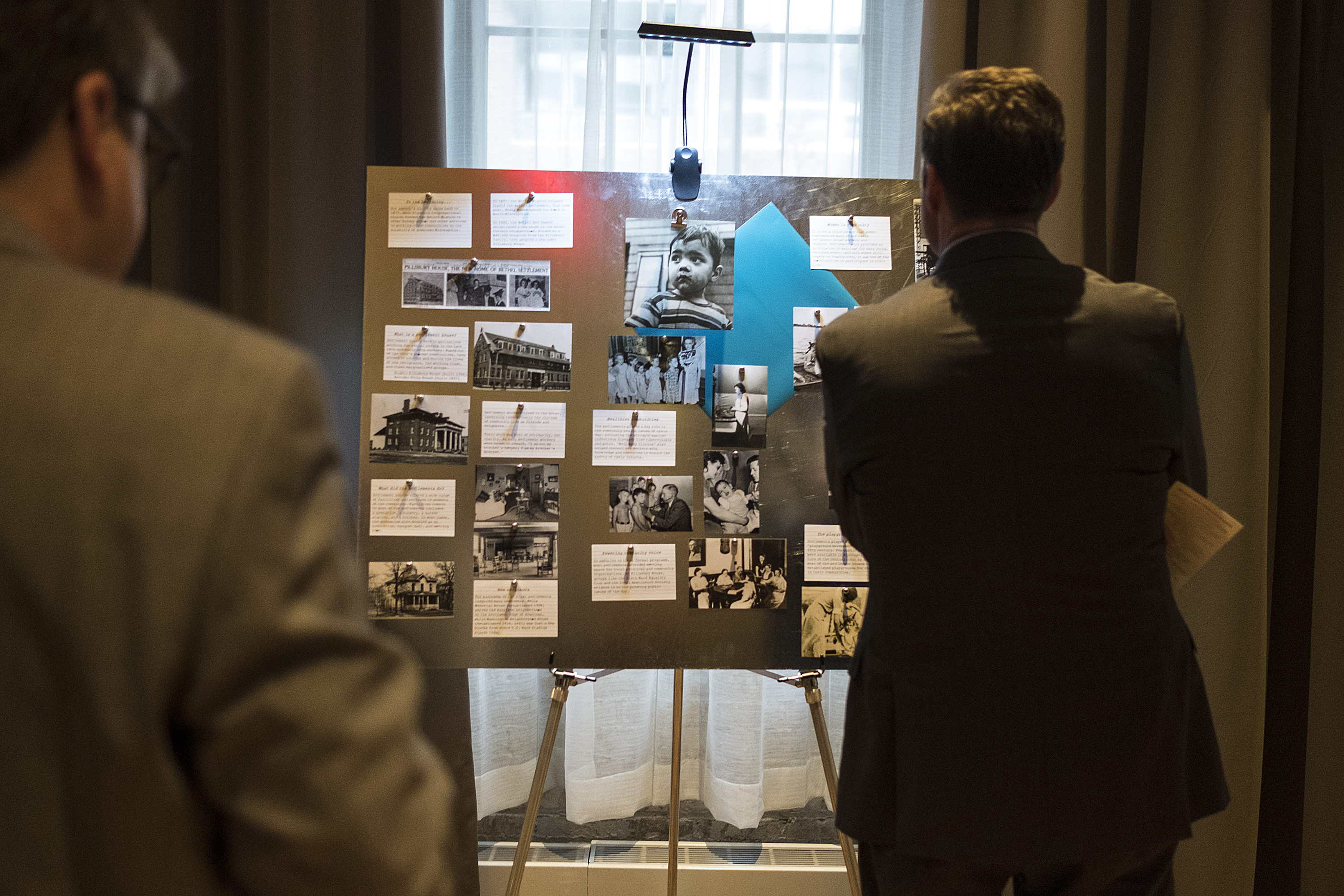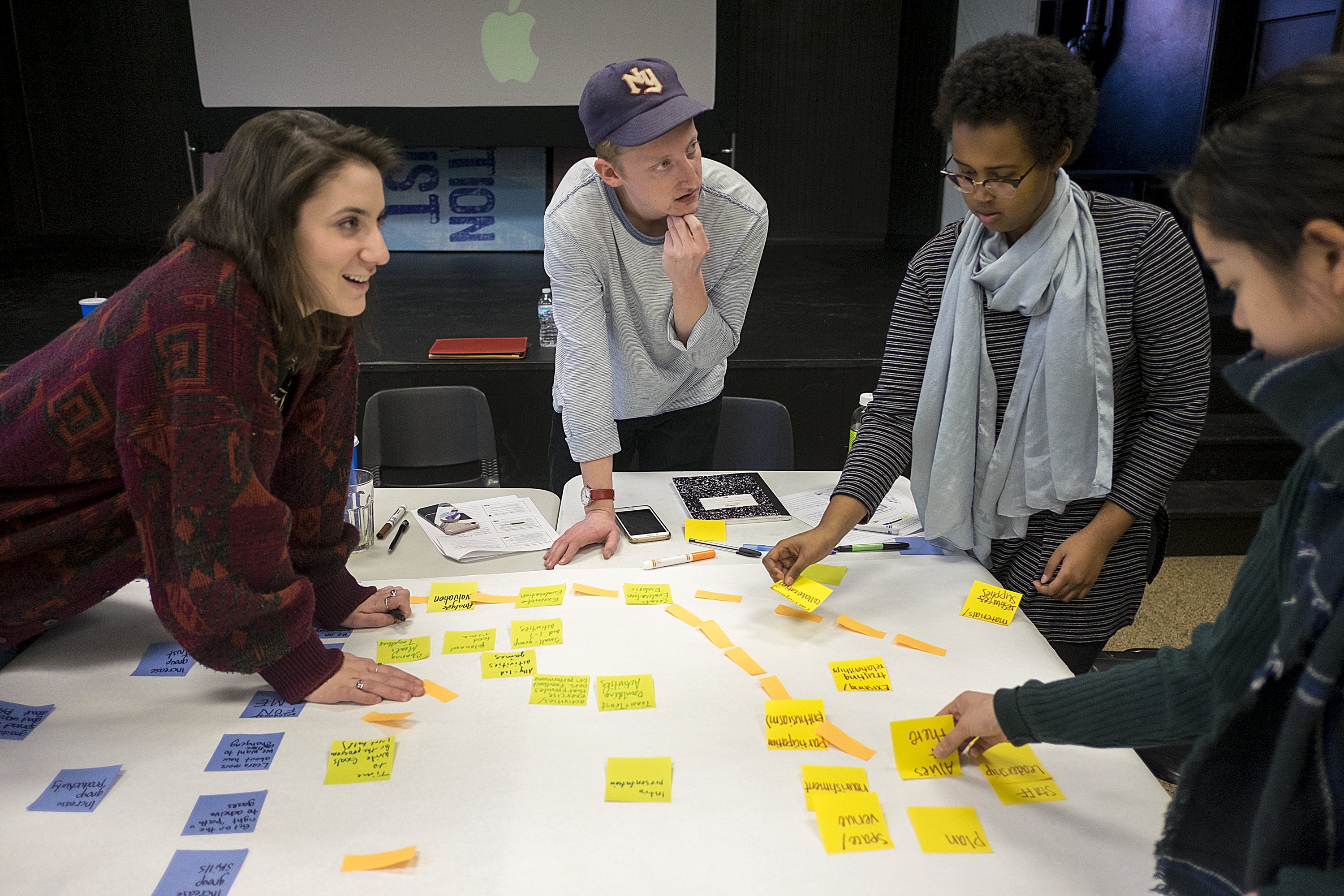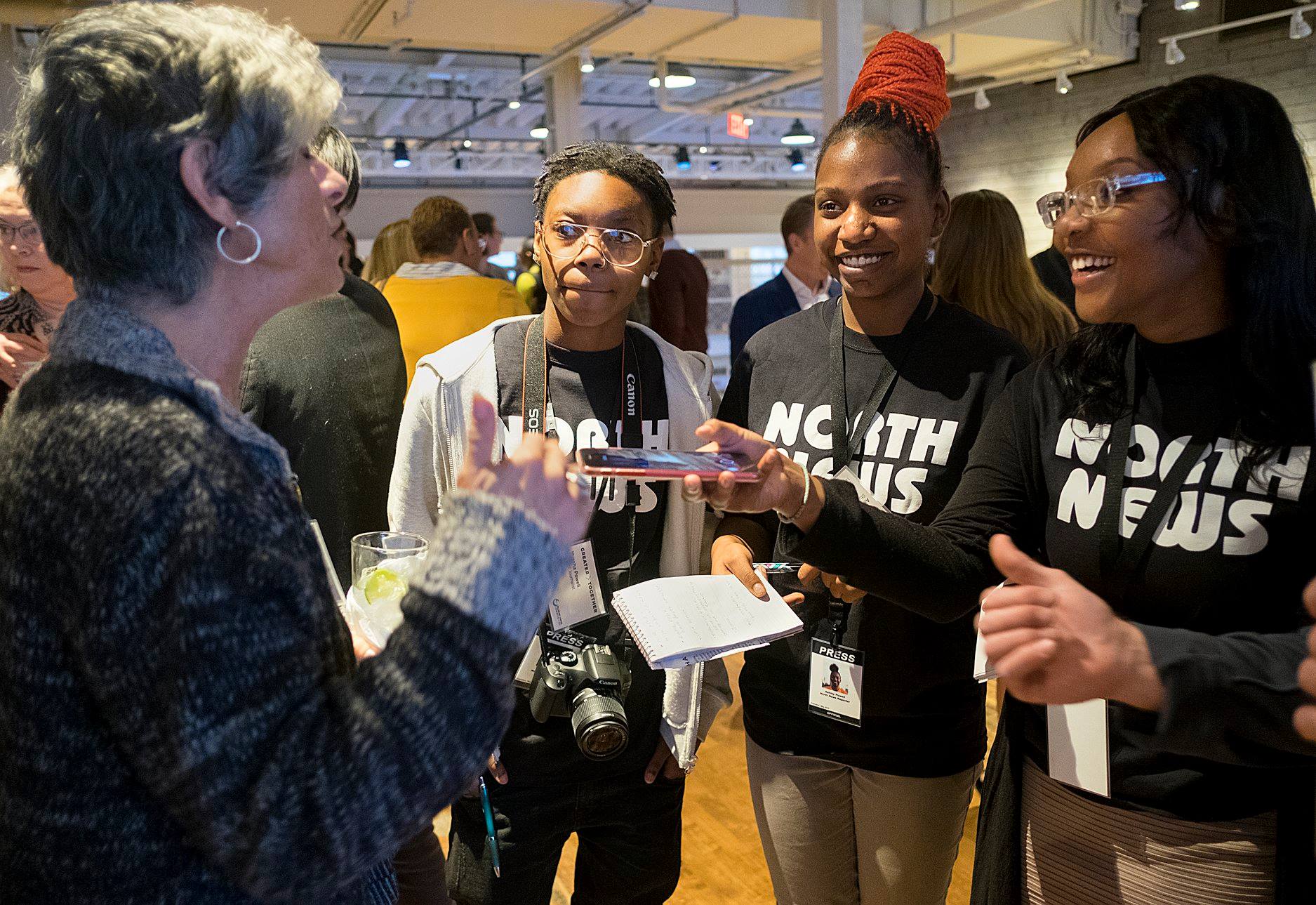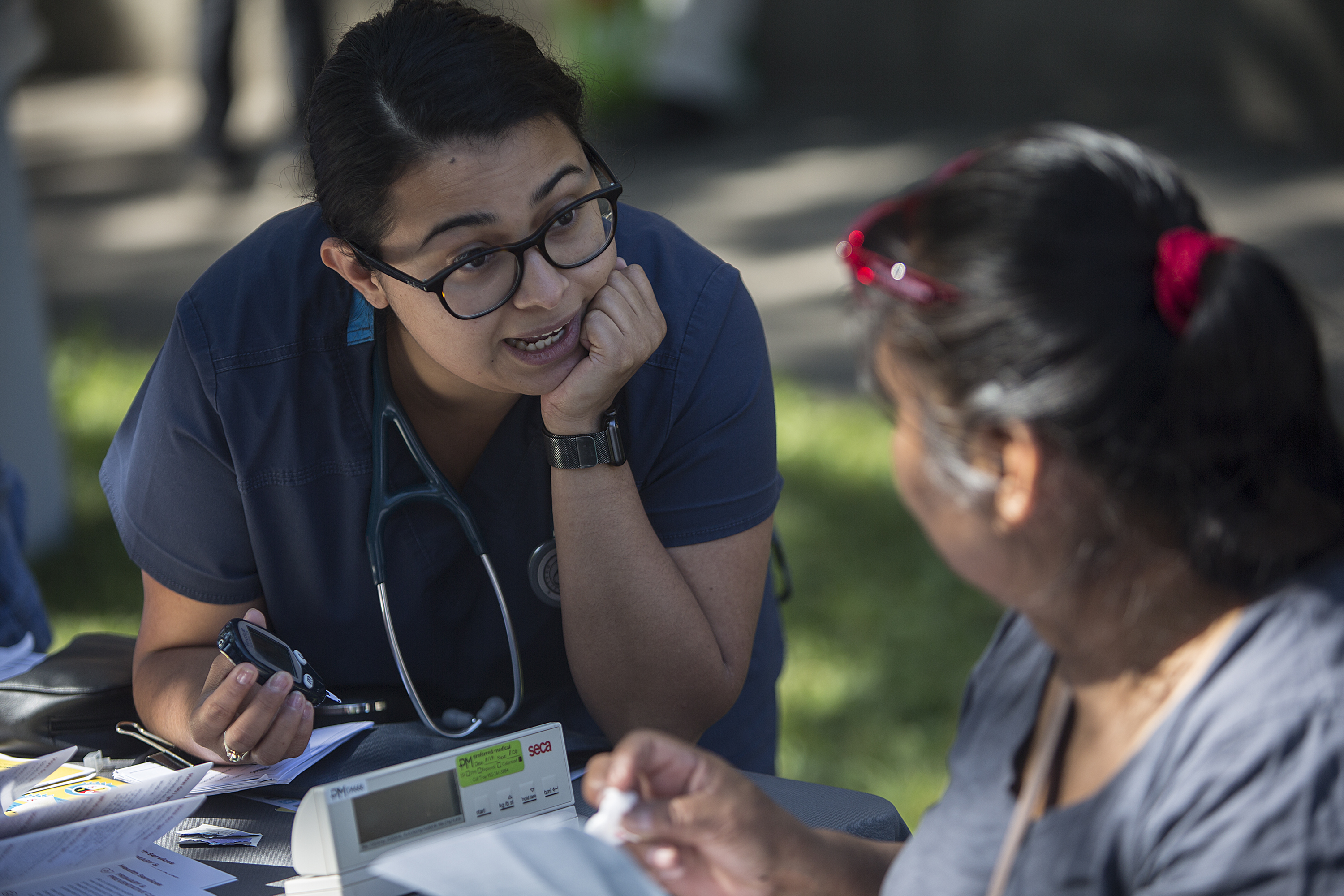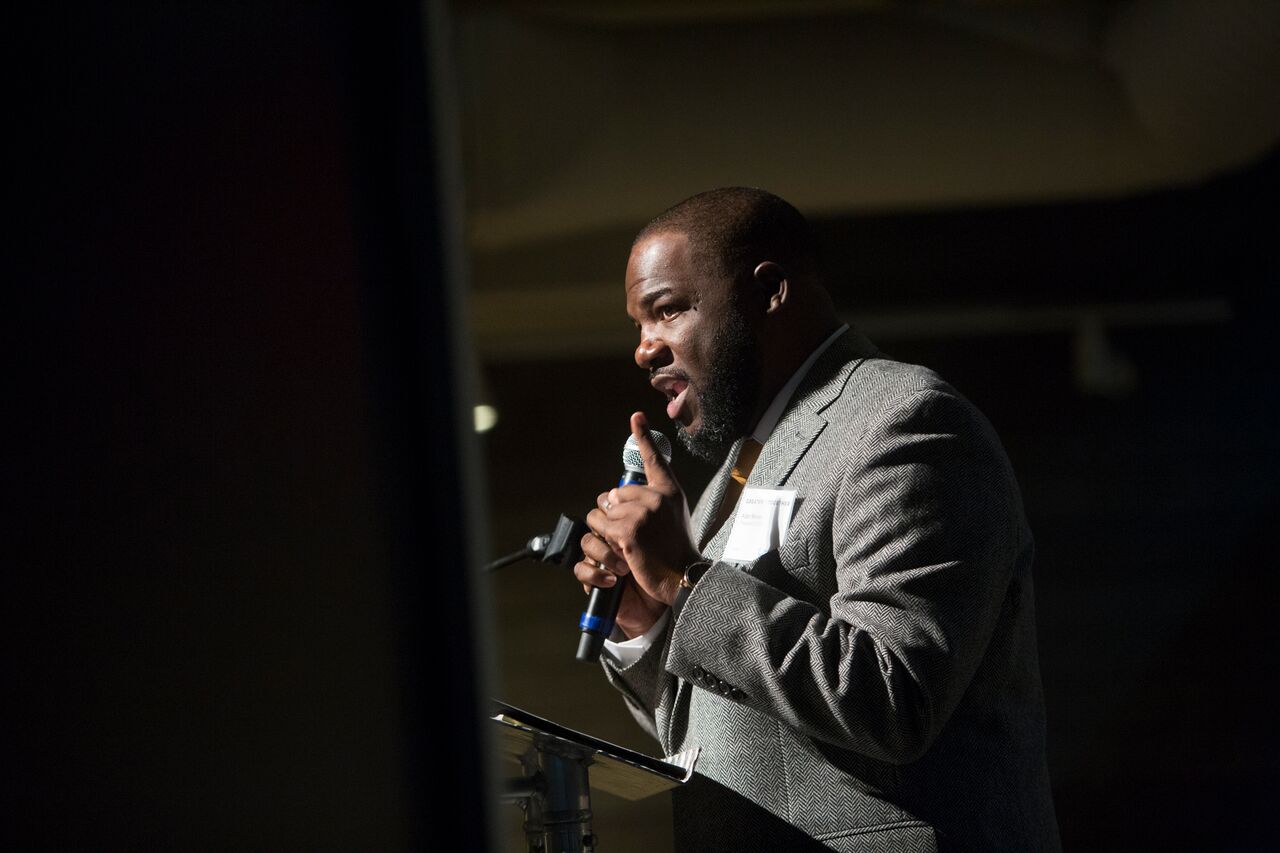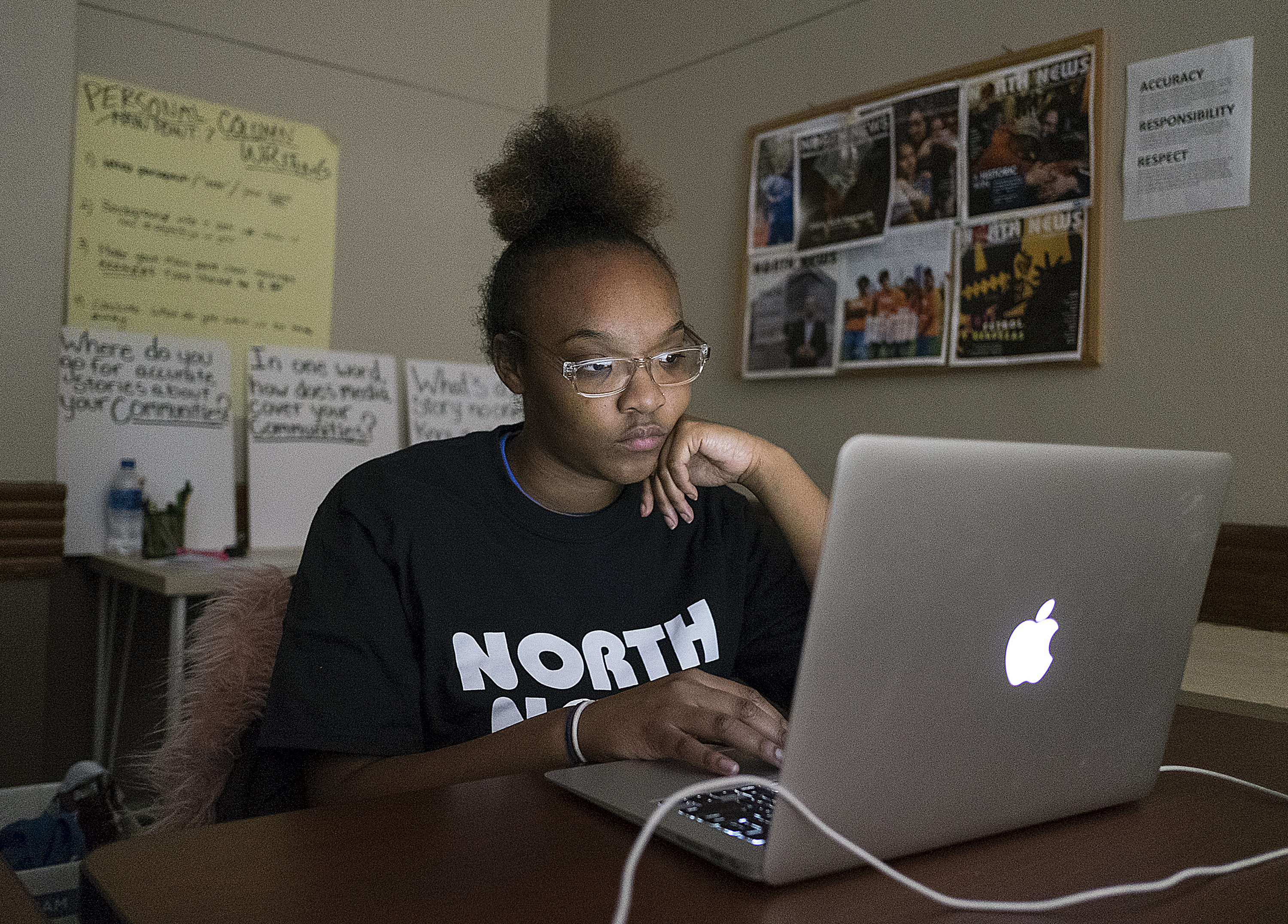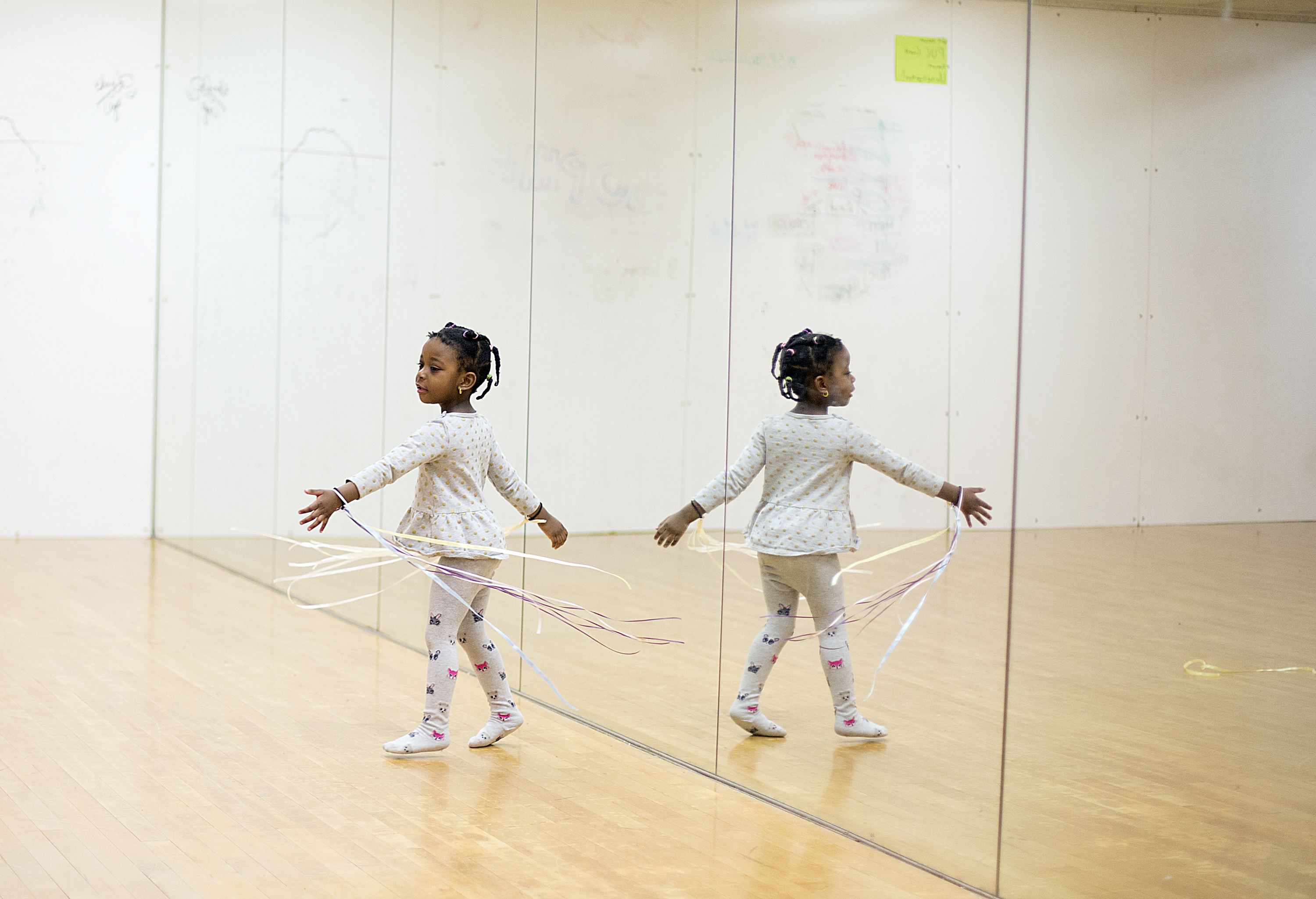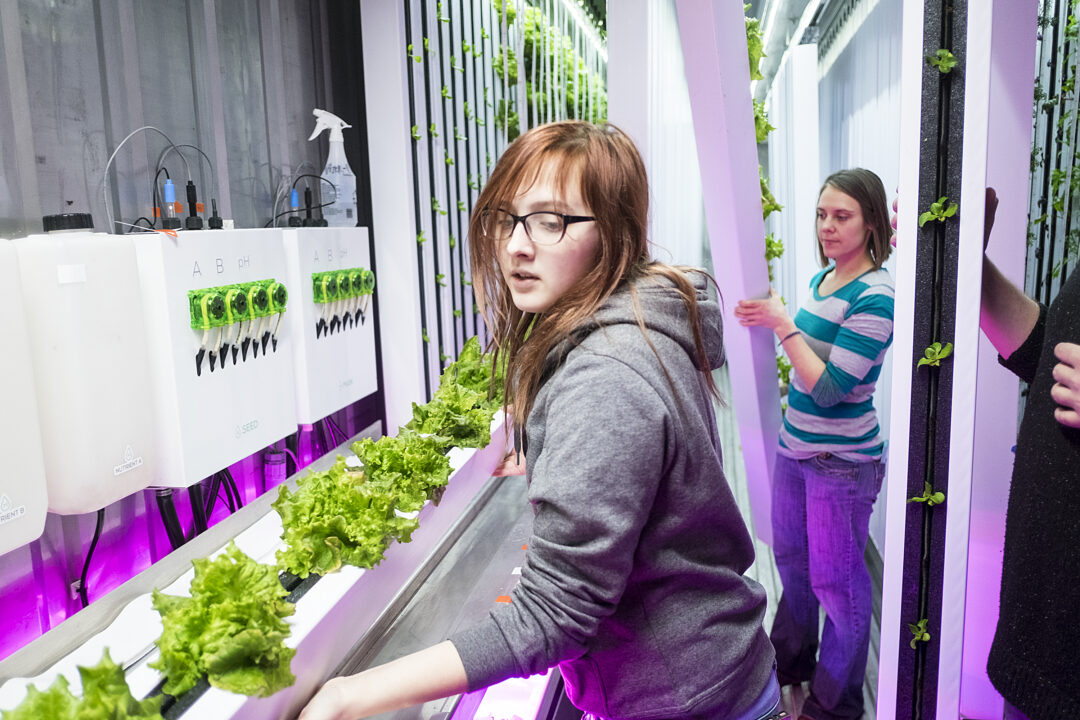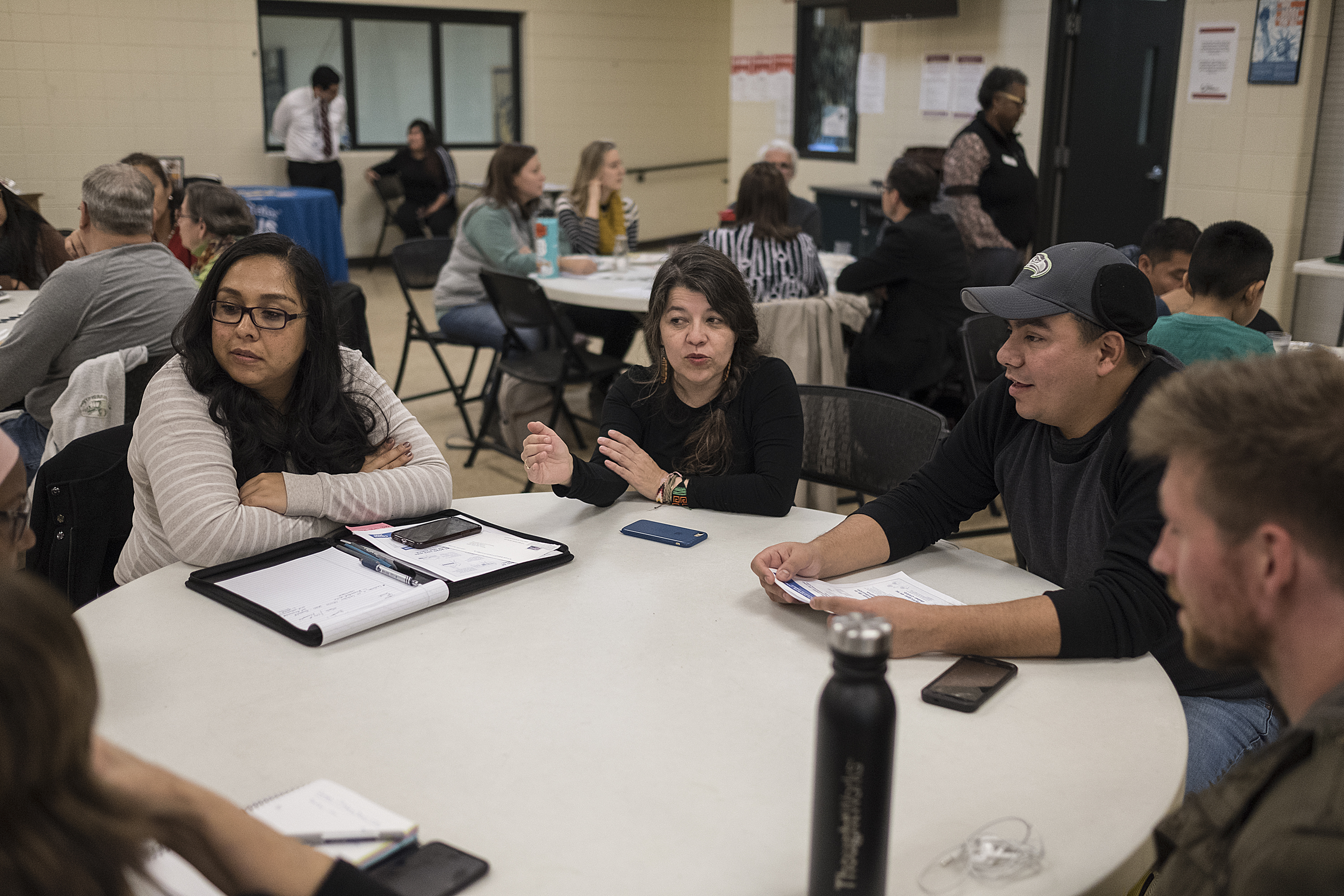
This past week, a diverse group of nearly 50 community members and leaders came together at our Waite House community center for We Count: Immigrants and Refugees, an event held in collaboration with the City of Minneapolis to raise awareness on the significance of counting everyone in Minnesota. With billions of dollars and political power on the table—and knowing that the most vulnerable communities are historically undercounted—the stakes are high. To ensure a complete and accurate count, one thing became clear: It’ll take all of us.
When there’s fear—about what the government will do with peoples’ information, or if landlords will have access to the data, or about who will be knocking on our doors—it’ll take all of us.
When there’s a barrier—like not being able to fill out the form in your language, not having access to technology, or not understanding the importance of being counted—it’ll take all of us.
When there’s confusion—about which box to check to identify yourself, what information is required in order to participate, or when misinformation is being spread amongst our communities—it’ll take all of us.
It’ll take all of us. It’ll take YOU. Sharing accurate, relevant, and reliable information. Having this conversation in our neighborhoods, around our block. In our children’s schools, faith groups, and workplaces. With our families, friends, and colleagues. From trusted voices.
“Text somebody. Share the information. Post on social media. Maybe host an event. Host a dinner on your block. Bring people together and talk about these issues because in this time when we’re being divided, when we’re being pit against each other, we need to do the opposite. We need to bring more people in,” said Minneapolis city council-member Alondra Cano, one of the evening’s panelists.
What else can you do?
Work for the census. Positions are flexible, include weekly paychecks with competitive wages, and are a sure way to ensure your neighbors are counted.
Form a complete count committee. Grants are currently available for nonprofits, neighborhood groups, churches, schools, or anyone working with a fiscal agent to do census work.
Sign up to volunteer with us. Door-knock or phone-bank to spread information about the census or even assist others in our computer labs as they fill out their form.
Collaborate. Don’t underestimate the importance of connecting with each other, building relationships, and sharing best practices on how to move this work forward. Panelist Monica Hurtado, Racial Justice and Health Equity Organizer for Voices for Racial Justice, said, “The census can be a tool for our liberation. And I think that’s key—how we are all in this together…It’s about the Latino community, about the Somali community, about the Asian community, about people experiencing homelessness, about kids who are at high risk of being undercounted. So how do we use this to sit around the table and to be together and to be united and understand that the census is in 2020, but the impact of those numbers is going to last for 10 more years?”
We have a big challenge ahead of us. And to ensure that we are visible, that we are not erased, and that we are all counted, it’ll take all of us.

